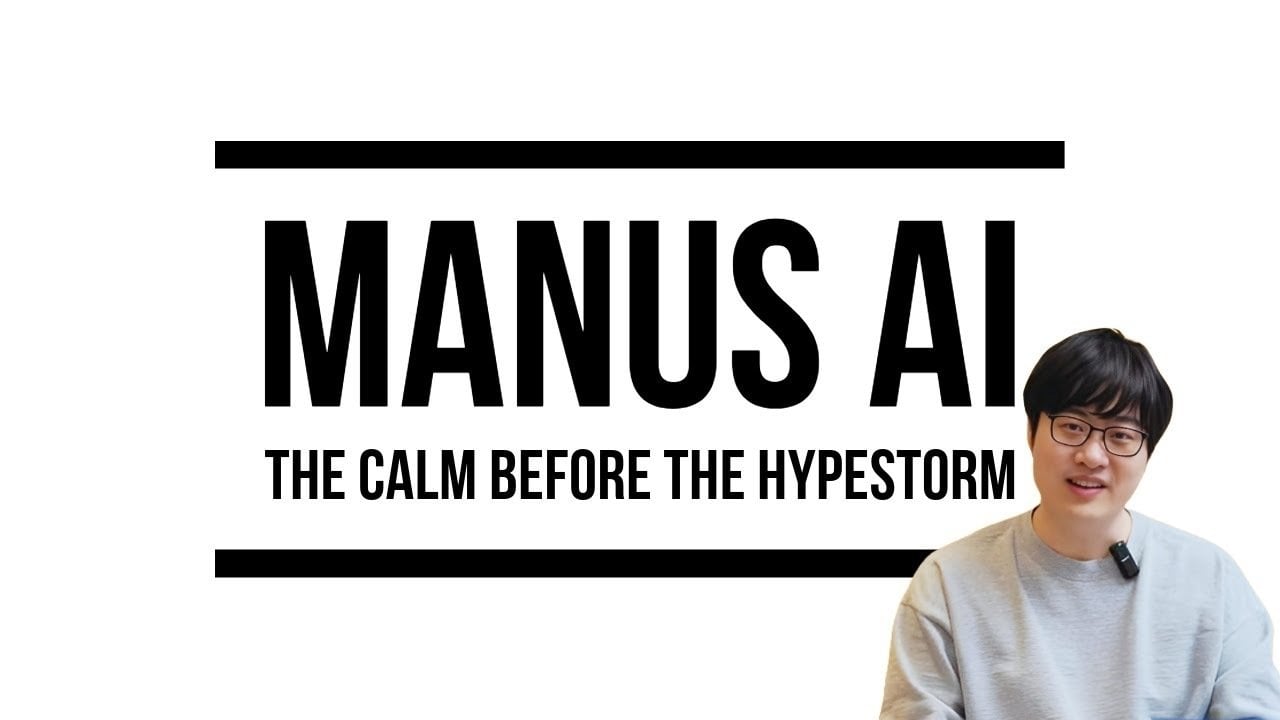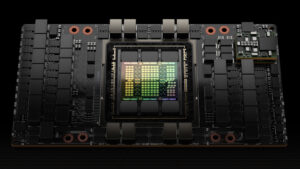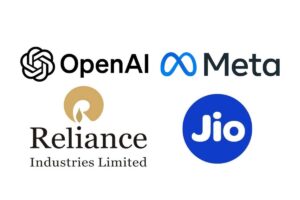Comparing Manus AI and OpenAI Deep Research: Which AI Model Reigns Supreme?

An In-Depth Comparison: Manus AI, OpenAI’s Deep Research, and Grok 3
The world of artificial intelligence (AI) is advancing rapidly, with various models showcasing their unique capabilities and challenges. This article explores three significant players in the AI field: Manus AI, OpenAI’s Deep Research, and Grok 3. Each model offers distinctive features, strengths, and limitations that shape their use in different applications.
Overview of AI Models
AI continues to evolve, leading to the development of sophisticated models like Manus AI, which has gathered attention for its multimodal capabilities. This model allows users to integrate various tools and perform multiple functions, but it is not without its drawbacks.
Key Takeaways
- Manus AI stands out in terms of functionality but faces challenges in accuracy and high costs, approximately $2 per task.
- Compared to Grok 3 and Gemini Deep Research, Manus AI delivers comprehensive outputs but is less reliable, especially compared to OpenAI’s offerings.
- Performance inconsistencies make Manus AI less suitable for mission-critical applications.
- Marketing strategies have generated hype around Manus AI, sometimes overstating its capabilities.
Strengths and Weaknesses of Manus AI
Manus AI integrates different tools for a wide array of tasks, such as web searching and real-time actions. This flexibility appeals to diverse users, but it also raises challenges.
Strengths
- Multimodal Integration: Offers a robust platform for various applications.
- Feature-Rich: Capable of executing interactive outputs and performing real-time actions.
Weaknesses
- Inconsistent Outputs: Interactive features can be unreliable, which is concerning for tasks that require precision.
- Accuracy Concerns: The model struggles to deliver definitively accurate results, making it less dependable in high-stakes settings like healthcare or legal services.
Comparative Analysis of Manus AI, OpenAI, and Grok 3
When looking at Manus AI alongside its competitors, its strengths and limitations become clearer.
Manus AI vs. OpenAI Deep Research
- Accuracy: OpenAI’s Deep Research is renowned for its precise outputs, making it preferred for tasks requiring high levels of dependability.
- Functionality: While Manus AI offers broader capabilities, it doesn’t consistently match the accuracy of OpenAI’s model.
Manus AI vs. Grok 3
- Speed vs. Depth: Grok 3 operates more quickly than Manus AI but provides less detailed outputs. Users needing thorough insights might favor Manus AI despite its slower processing.
Manus AI vs. Gemini’s Deep Research
- Efficiency: Gemini’s model is designed for speed, but it lacks the nuanced analysis that Manus AI provides, especially for complex topic explorations.
Performance Challenges
Manus AI’s multimodal features allow it to manage different tasks effectively, yet this versatility comes with structural challenges.
Performance Limitations
- Web Search Limitations: While typically relevant, the results may not always offer the precision users desire.
- Interactive Features: Occasionally lack the consistency needed for professional use.
Cost Implications
Manus AI’s pricing model—$2 per task—places it in the higher end of the market. This makes it less accessible for small businesses or individual users who need extensive functionality without budget constraints.
Marketing Influences and Broader Trends in AI
The marketing strategies driving Manus AI’s popularity have undeniably created a significant narrative within the industry. Strategies like exclusivity and early-access features have made it seem more desirable.
Insights on Marketing
- Overhyped Capabilities: Critics argue that the excitement surrounding Manus AI may not align with its actual performance, especially in achieving goals like Artificial General Intelligence (AGI).
- Market Positioning: Such marketing tactics might overshadow technical shortcomings, leading potential users to have unrealistic expectations.
Industry Trends
The challenges Manus AI faces reflect broader trends across the AI landscape, as it evolves toward 2025:
- Rising Costs: Increasing investment in AI development raises accessibility concerns for a wider audience.
- Variable Performance: Many AI systems may exhibit both outstanding and lackluster moments, complicating their reliability.
- Influence of Marketing: As AI becomes increasingly competitive, savvy marketing is crucial but often misrepresents technical realities.
In summary, while Manus AI shows promise through its diverse functionalities and multimodal integration, it grapples with challenges in accuracy, cost, and performance stability. Understanding these dynamics is essential for anyone interested in navigating the ever-evolving realm of artificial intelligence.






